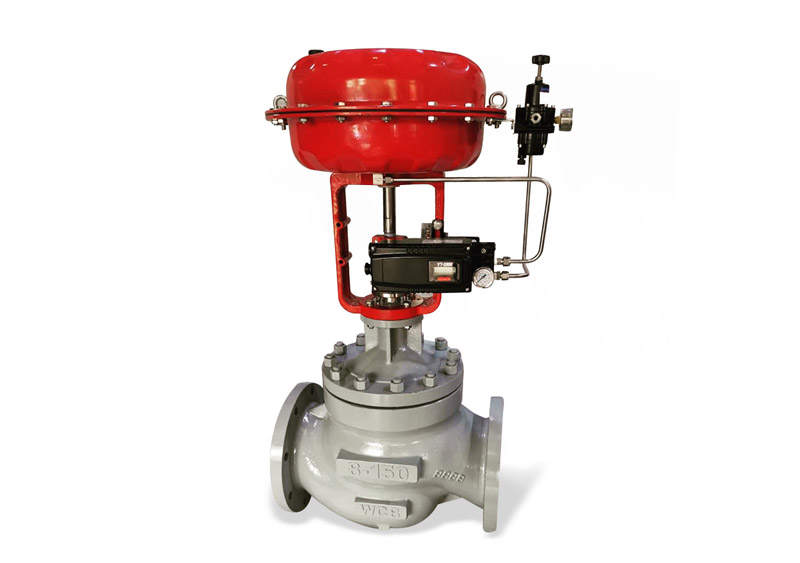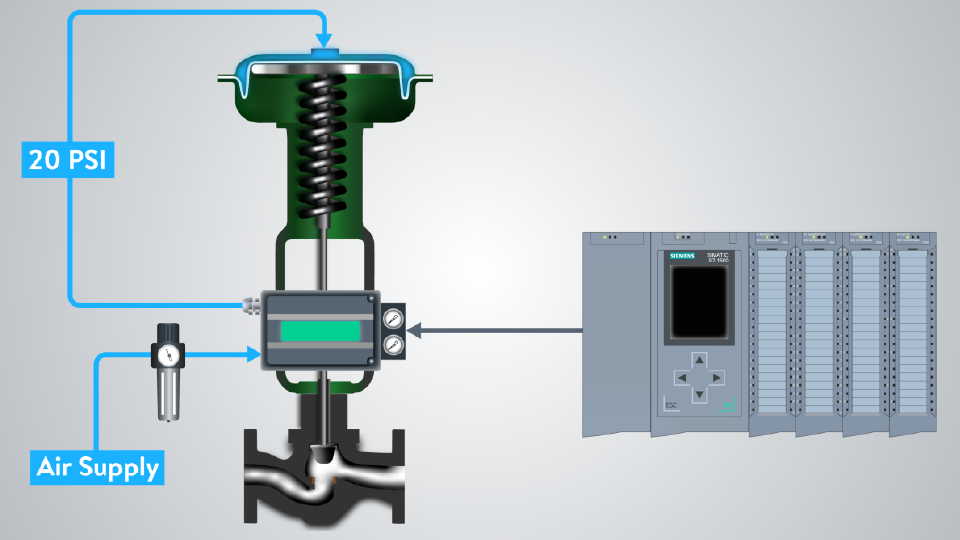Understanding the Significance of Control Valves in Process Automation
Understanding the Significance of Control Valves in Process Automation
Blog Article
Achieve Seamless Integration and Control With High Quality Building Automation Controls
In the world of contemporary building monitoring, the significance of quality structure automation controls can not be overemphasized. Accepting quality structure automation controls is not just a matter of comfort however a tactical crucial for companies intending to optimize their facilities' efficiency and sustainability.

Advancement of Structure Automation Controls
Throughout the previous few years, the evolution of building automation controls has actually significantly changed the method buildings are managed and run. Constructing automation systems mainly concentrated on fundamental features such as managing heating, ventilation, and air conditioning (HEATING AND COOLING) systems. However, as technology advanced, these controls have actually come to be a lot more sophisticated, enabling a broader variety of structure systems to be incorporated and managed centrally.
The advancement of developing automation controls has actually seen a shift in the direction of even more smart systems that can adjust to transforming conditions in real-time. This versatility is important for maximizing power performance and guaranteeing occupant convenience. Furthermore, contemporary structure automation controls now provide functions such as predictive maintenance, remote tracking, and information analytics, allowing center supervisors to make data-driven choices to enhance building efficiency.

Advantages of Quality Integration
The development in structure automation regulates towards even more smart systems has highlighted the substantial advantages of top quality assimilation in maximizing structure procedures and enhancing overall effectiveness. Quality assimilation of developing automation controls supplies a number of crucial advantages. It leads to improved energy performance by allowing different systems to work together flawlessly, ensuring ideal performance and minimizing power wastefulness. High quality assimilation enhances occupant convenience and performance by allowing customized control over ecological setups like air, temperature, and lighting quality. This customization can result in an extra comfy and conducive working or living setting. In addition, high quality integration streamlines maintenance and troubleshooting procedures, as all systems are adjoined and can be kept track of and managed from a centralized interface. This centralized control also offers better exposure and insights right into structure performance, enabling aggressive maintenance and optimization strategies. Overall, the advantages of quality assimilation in structure automation controls are undeniable, offering raised efficiency, comfort, and operational effectiveness.
Improved User Experience and Accessibility
Enhancing user interaction with building automation manages via user-friendly design and improved ease of access boosts the general experience for occupants and center supervisors alike. By concentrating on individual experience, developing automation systems can end up being much more effective and easy to use. Intuitive interfaces, clear navigating, and adjustable settings empower users to interact with the controls easily and properly.
Availability features play a critical role in making sure that all individuals, including those with impairments, can utilize visit our website the structure automation controls effortlessly. Incorporating features such as voice commands, tactile buttons, and color-contrasted screens can enhance accessibility and make the controls a lot more comprehensive.
Additionally, boosted individual experience leads to greater user fulfillment, raised performance, and better decision-making. Residents can change environmental setups according to their preferences, while center supervisors can successfully check and take care of structure systems - control valves. On the whole, prioritizing user experience and accessibility in structure automation regulates contributes to a much more effective and smooth building environment for all stakeholders involved
Sustainable Practices Via Automation

In addition, automation can facilitate the combination of renewable power sources such as solar panels or wind turbines right into structure procedures. With automation, structures can straighten with contemporary sustainability goals and contribute to a greener future.
Future Trends in Structure Control Solution
In anticipation of developing and advancing technologies sustainability techniques, the trajectory of structure control systems is poised to embrace ingenious services and over here transformative methods. One noticeable pattern forming the future of building control systems is the increased assimilation of Artificial Intelligence (AI) and equipment understanding. These innovations make it possible for buildings to adjust in real-time to altering conditions, enhancing energy consumption and improving comfort for owners. Additionally, the Web of Points (IoT) is changing building control systems by connecting devices and sensors to streamline operations and boost efficiency.
Another crucial fad is the focus on cybersecurity procedures to secure versus potential dangers to building automation systems. As structures come to be extra interconnected, making certain robust cybersecurity procedures will be important to protect sensitive data and stop unauthorized access.
Moreover, the change towards cloud-based platforms is acquiring momentum, enabling centralized control and remote access to building systems. This promotes simpler monitoring, upkeep, and updates, improving the general efficiency and flexibility of building control systems. As technology continues to breakthrough, these fads are expected to shape the future landscape of building automation controls, driving technology and sustainability in the built atmosphere.
Conclusion
In verdict, constructing automation controls have actually evolved significantly, providing many benefits such as enhanced individual experience, ease of access, and sustainable techniques. Quality integration plays a vital duty in achieving seamless control and reliable operation of structure systems. Future trends in structure control systems are likely to focus on further improving automation capabilities for enhanced power performance and overall performance. It is vital for building proprietors and operators to focus on click reference the adoption of top quality building automation controls to optimize structure procedures and attain lasting sustainability goals.
In the world of modern building administration, the relevance of quality structure automation controls can not be overemphasized. On the whole, the evolution of structure automation controls proceeds to drive development in the structure monitoring industry, providing new opportunities for producing smarter and a lot more sustainable buildings.
The advancement in building automation controls in the direction of even more intelligent systems has emphasized the significant advantages of high quality integration in maximizing building procedures and enhancing general effectiveness. In general, prioritizing individual experience and access in building automation controls contributes to an extra efficient and seamless structure setting for all stakeholders entailed.
It is vital for building proprietors and operators to focus on the adoption of quality structure automation manages to enhance structure operations and achieve long-lasting sustainability objectives. - control valves
Report this page